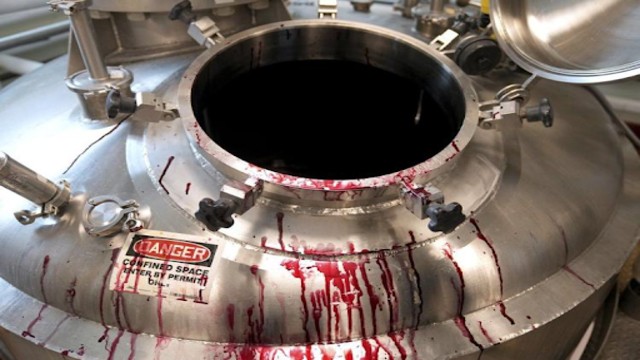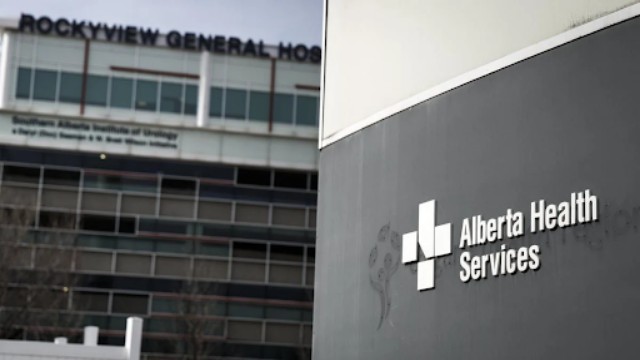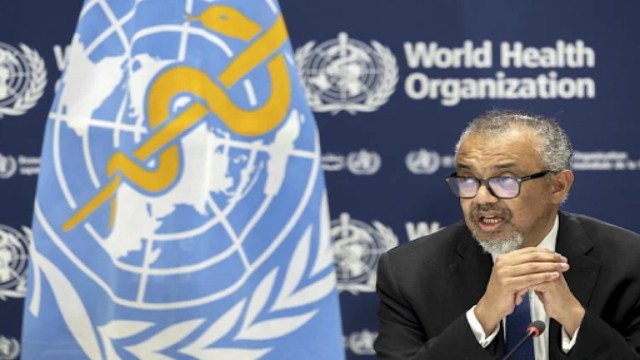
Bugs and beet juice: Key players in replacing food dyes. AP Photo
As the demand for natural food colors rises, changes may begin in unexpected places, like Abby Tampow’s lab. On a sunny afternoon, the scientist at Sensient Technologies carefully mixes natural ingredients to match the red color commonly found in bottled raspberry vinaigrettes. Tampow uses black carrot juice and algae-based beta-carotene to replicate the synthetic shade, a step towards reducing the use of artificial dyes in the U.S. food supply.
A Push for Natural Food Dyes
Sensient Technologies, a global leader in food dye production, is working closely with food manufacturers to replace synthetic dyes with natural alternatives. Dave Gebhardt, Senior Technical Director at Sensient, notes that many clients are now ready to make the switch. This follows recent calls from U.S. health authorities to phase out petroleum-based artificial dyes by 2026, citing potential health risks, particularly for children.
Health Concerns Spark Change
Health Secretary Robert F. Kennedy Jr. labeled synthetic dyes as "poisonous compounds" that pose risks to children's health. Growing public concern, state regulations, and social media influencers advocating for the removal of harmful chemicals from food has supported the push. As a result, U.S. health officials have announced efforts to convince food companies to eliminate artificial dyes, starting with the ban of Red 3 in 2026, a dye linked to cancer risks in animal studies.
The Challenges of Switching to Natural Dyes
Transitioning from synthetic dyes to natural alternatives presents significant challenges. Monica Giusti, a food color expert from Ohio State University, explains that natural dyes are not only harder to produce but also less stable and consistent. Unlike artificial colors, which are produced in large quantities, the availability of natural alternatives like beet juice and carrot extract is limited, and it takes years to build up the supply needed for industry-wide change.
Supply Issues and Increased Costs
The process of converting a product from synthetic to natural dyes can take months or even years. Paul Manning, CEO of Sensient Technologies, points out that the production of natural dyes requires careful coordination with farmers to cultivate the raw materials. Additionally, natural dyes are about 10 times more expensive than their synthetic counterparts, further complicating the transition.
Natural Dyes from Unexpected Sources
To achieve vibrant colors like “Barbie pink,” some companies are turning to unique sources such as cochineal, a small insect that produces a red pigment. These insects, which live on prickly pear cacti in Peru, have long been used for their carminic acid, a natural red dye. While fascinating, the process of harvesting cochineal is labor-intensive, requiring tens of thousands of insects to produce just a kilogram of dye.
Health Advocates and Industry Shifts
Advocates for removing artificial colors from food argue that these additives contribute to health issues like hyperactivity and attention problems in children. Though the FDA deems approved dyes safe, critics point out that artificial colors are a hallmark of ultra-processed foods, which are linked to chronic health conditions like obesity and heart disease.
Marion Nestle, a food policy expert, highlights that artificial colors serve no nutritional purpose and are purely cosmetic, adding to the growing call for their removal.
Consumer Backlash and Industry Adjustments
The transition to natural colors hasn’t been without its challenges. In 2016, General Mills switched Trix cereal from artificial dyes to natural sources like turmeric and strawberries. However, the change led to a backlash, with many consumers missing the cereal’s iconic neon hues. By 2017, General Mills reverted to synthetic dyes, showing the difficulty in balancing consumer preferences with health-driven reforms.
A Step Towards Change
Despite these hurdles, major food companies are committing to the shift. PepsiCo announced plans to phase out artificial colors in its Lays and Tostitos brands by the end of the year. Other companies, like General Mills and Kellogg’s, are also working on reformulating their products, particularly those in school lunch programs, to remove synthetic dyes.
With a deadline approaching, industry leaders like Sensient Technologies are ready to meet the growing demand for natural dyes. As the U.S. food industry moves towards cleaner, more natural ingredients, the shift to eliminate artificial colors appears to be gaining momentum















